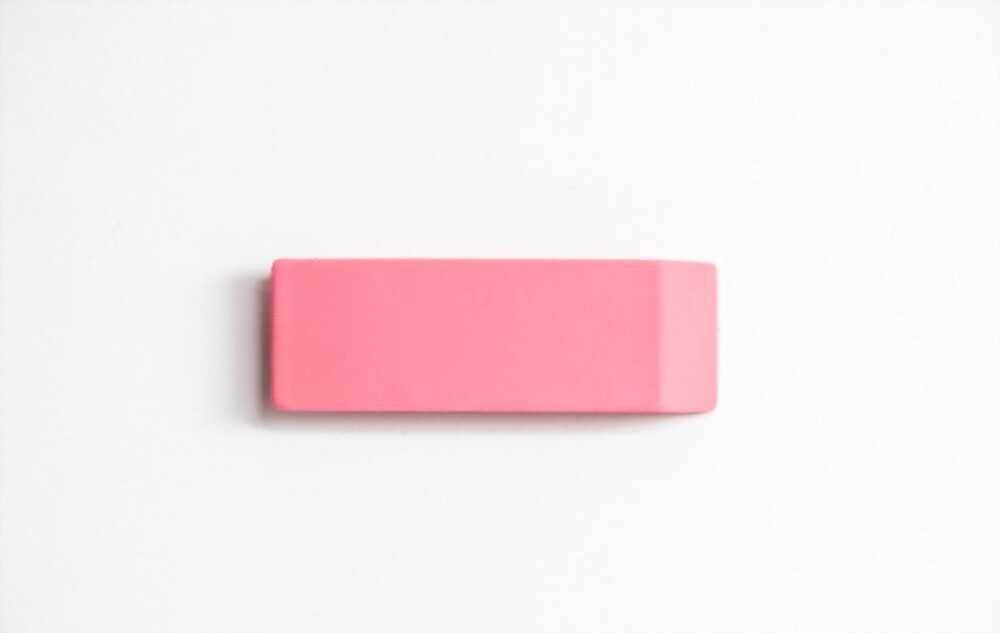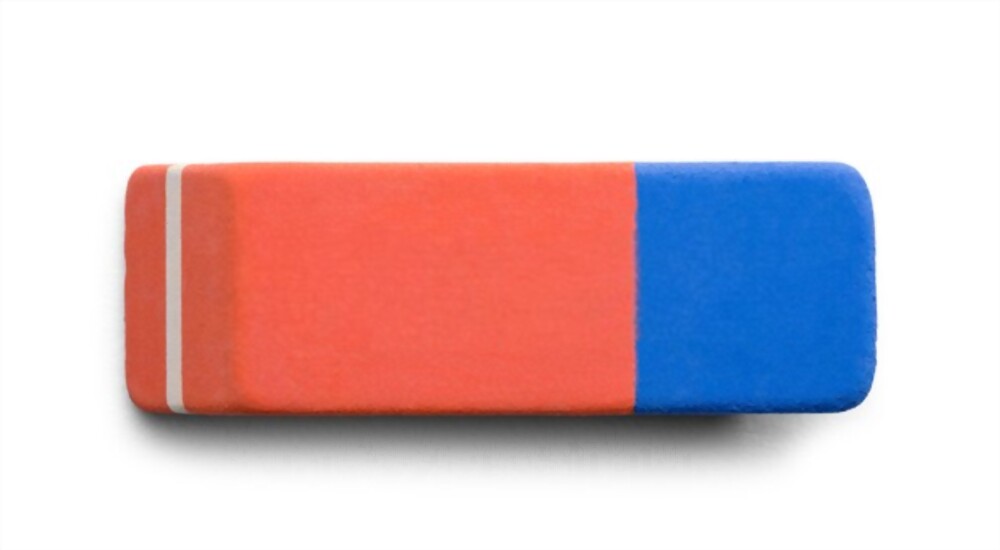Erasers are common household and office items that are used to correct mistakes made in writing or drawing. But have you ever stopped to consider just how big an eraser is? In this article, we will explore the different sizes of erasers available and how they compare to one another. From small, portable erasers to large, industrial-sized erasers, we will take a closer look at the dimensions and uses of each.
Erasers come in a variety of sizes, but the standard eraser is usually around 1.8 inches in length, 0.7 inches in width, and 0.5 inches in thickness. For bigger jobs, there are also larger erasers available measuring up to 5.5 inches in length and 2 inches in width.
How Big Is An Eraser?
If you visit a shop specializing in office supplies, you will find an array of erasers in various styles. From exotic shapes and sizes to bold colors, there is a multitude of options to choose from.

When it comes to eraser sizes, there is no one-size-fits-all standard. Depending on the brand, the size of their most basic eraser can vary greatly, ranging from much smaller to much larger.
Erasers come in a variety of sizes, including:
- Pencil erasers: These are small, typically rectangular erasers that are designed to fit on the end of a pencil. They are usually around 1-2 inches long and 0.5 inches wide.
- Desk erasers: These are larger erasers that are typically used for erasing mistakes made on paper or other surfaces. They can range in size from 3-5 inches long and 1-2 inches wide.
- Drafting erasers: These are even larger erasers that are used for erasing mistakes made on drafting paper or other large surfaces. They can be as long as 8 inches and 2 inches wide.
- Industrial erasers: These are the largest type of eraser and are typically used for erasing mistakes made on large surfaces such as whiteboards or chalkboards. They can be as large as 12 inches long and 4 inches wide.
Keep in mind, these are approximate measurements and may vary depending on the brand or manufacturer.
Related: How Long Is a Pencil?
Why Do Most Erasers Come In Pink Colour?

Erasers are often pink because the first erasers made for pencils were actually made from pink rubber. The eraser was made by grinding up bits of pink rubber, which was then formed into a block. This was a significant improvement over the erasers that were previously used which were made of bread crumbs or wax.
Pink erasers were found to be more effective at erasing pencil marks than the earlier erasers, and they quickly gained popularity. The pink color became associated with erasers and the tradition of making pink erasers has continued to this day. Some erasers may come in different colors but pink is the most common color we see in the market.
What Is The Functionality of the Blue Part of an Eraser?

The blue part of an eraser is typically a plastic or foam layer that is attached to the pink rubber eraser. It is called a “cleaner” or “smudger” and is used to erase lead or graphite smudges and marks that are left behind after erasing. The blue part is less abrasive than the pink rubber eraser and can be used to gently rub away smudges without damaging the paper or leaving eraser residue behind.
The blue part is also useful for blending or smoothing out pencil or graphite lines, allowing artists or draftsmen to create a more finished and polished look. It also helps to remove any last bits of graphite or lead that the pink eraser may have missed.
Related: Standard Paper Clip Sizes
6 Different Major Types of Erasers
There are several main types of erasers, each with its own unique properties and uses:
1. Rubber erasers:
These are the most common type of erasers and are made from natural or synthetic rubber. They are great for erasing pencil marks and are available in a variety of sizes, from small pencil erasers to large drafting erasers.
2. Vinyl erasers:
These erasers are similar to rubber erasers but are made from a type of plastic called vinyl. They are less abrasive than rubber erasers and are less likely to damage the paper or other surfaces. They also tend to leave less eraser residue behind than rubber erasers.
3. Kneaded erasers:
Kneaded erasers are made from a soft, pliable material that can be kneaded and shaped to fit into tight spaces or around small details. They are great for erasing graphite, charcoal, and pastel, and can be easily cleaned by kneading them to remove the eraser material.
4. Electric erasers:
These are battery-powered erasers that use a motor to rotate an eraser tip, they are great for erasing large areas quickly and easily, and they are mostly used by artists and draftsmen.
5. Whiteboard erasers:
Specifically designed for use on whiteboards and are made from a soft, lint-free material that won’t damage the surface of the whiteboard.
6. Ink erasers:
Ink erasers are designed to remove ink marks, they are made from a special rubber that can effectively remove the ink without damaging the paper.
Some Facts You Don’t Know About Erasers
- Erasers have been around for centuries. The ancient Egyptians and Greeks were known to use bread crumbs to erase their writing on papyrus.
- The most common eraser material is a type of rubber called “factice,” which is a synthetic rubber made from a mixture of oils and sulfur.
- The eraser on the end of a pencil is not actually an eraser but rather a “plug.” The eraser is actually located inside the pencil, and the plug is used to push the eraser up to the end of the pencil for use.
- In the early 20th century, erasers were commonly marketed as “mistake removers” instead of erasers, highlighting the primary use of erasers.
- Some erasers contain abrasives, such as pumice, which help remove marks by physically abrading the surface. This type of erasers are known as “sand erasers.”
- Erasers have a variety of uses beyond just erasing writing or drawing, for example, some people use erasers to clean their shoes or to remove scuff marks on walls.
- In the early days of erasers, they were mostly used by artists, draftsmen and engineers, but as the pencils became more popular and affordable, erasers became a household item.
- Erasers have been used in space missions, NASA’s Apollo missions astronauts used erasers to clean the data and navigation equipment.
- The eraser industry is a large and growing industry, and many companies produce erasers of all shapes and sizes, with different materials and properties catering to different needs and uses.
Related: How Big is a Pushpin?